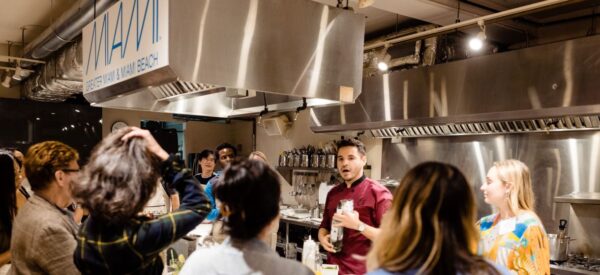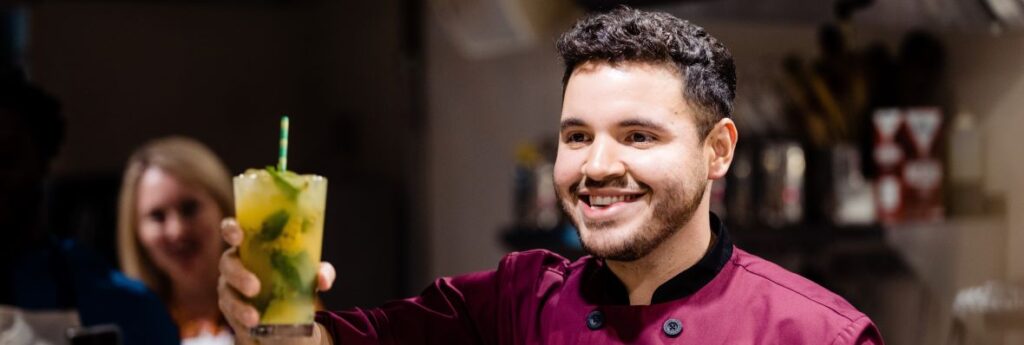If you can’t bring the people to Miami, then bring Miami to the people – at least some of its food, which is what the Greater Miami CVB did recently in Toronto with “a night of Miami-culinary inspired delights” for fans of the south Florida city, which is becoming increasingly known for gastronomic greatness.
Indeed, Miami recently bagged 12 of the 15 stars in Michelin’s recently released Florida guide, in addition to many other coveted recommendations and Bib Gourmands (value for money).
But while the city’s Michelin recognition is welcome, it really only serves as a “point of reference” for a food scene that is varied, elevated, and inspired, says CVB spokesperson Suzie Sponder.
Known for its strong Cuban roots, Miami boasts cuisine from dozens of nationalities, albeit with a distinct South and Central America flair, in addition to Caribbean fare. And many of them are mixed, creating unique fusions not found anywhere else.
“Even Little Havana isn’t just Cuban,” Sponder says of a scene that ranges from European to Vietnamese, and plenty in between.
Even the city’s most popular dish, ceviche, comes in countless varieties, from Mexican to Peruvian.
“The only things that’s traditional about Miami is that it is non-traditional,” she adds.
Much of the cuisine is based on local produce – prized by chefs like Chris Valdez, who presided over a cooking class at the Miami evening in Toronto – not least the bounty of tropical fruits grown in the South Dade region bordering the Everglades.
There’s even a winery – Schnebley Redlands – in Homeland, prompting Sponder to admit that this aspect of the scene flies under the radar for visitors.
However, a newly created “Farmer’s Month” will launch in November, with activations following the template of Miami’s ongoing ‘Temptations’ campaign, which also includes Spice Restaurant and Spa months.
The themed month also compliments other foodie events, like the annual South Beach Wine and Food festival (Feb. 23-26, 2023), biggest in the US.
And while Sponder is quick to tout Miami’s many other attributes, she believes that food represents and underpins everything the city has to offer.
“You think of Miami as South Beach, or you hear about the great arts and culture scene, and the diversity of cultures,” she says. “We celebrate and are a reflection of the diversity of our destination. We become what our population is. And people come here for the that – to eat the food and experience the culture!”


